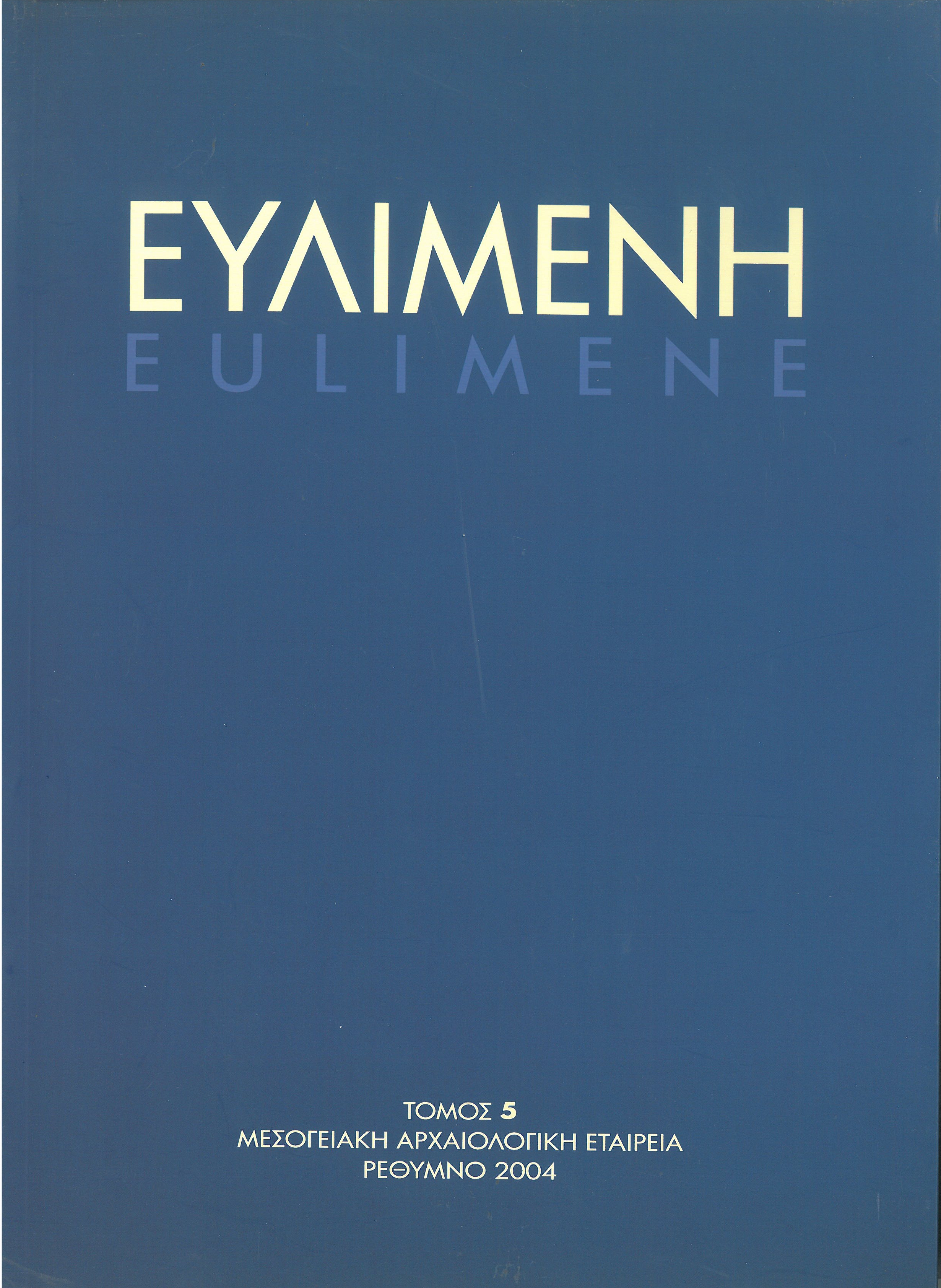Νεκρικά κοσμήματα Τα ελάσματα κάλυψης του στόματος

Abstract
Burial jewels: the custom of mouth bands. Mouth bands made of gold, or rarely of silver, appear in different types of burials mostly in the area of the south Balkans as early as the Neolithic period until the early Christian era. The custom seems to apply especially to regions under direct or indirect Mycenaean influence, such as Cyprus of the Late Bronze Age and Macedonia of the archaic and classical periods. Some of these bands are decorated with floral, geometrical or pictorial patterns whereas others bare no decoration. The few inscribed gold bands, usually in the shape of a leaf, mention either the name of the deceased or a dedication to the underworld deities and date from the fourth c. B.C. to the first c. A.D. These are associated to the gold «dionysiac-orphic» sheets and to the mystery cults of Dionysus and Persephone.
##plugins.themes.ekt-hometheme.article.details##
- Fascicolo
- EULIMENE 5 (2004)
- Sezione
- Articles
- Categorie
The copyright for articles in this journal is retained by the author(s), with first publication rights granted to the journal. Authors who submit articles to this journal confirm that third-party intellectual property rights are not violated in any way. By virtue of their appearance in this open access journal, articles can be used freely, with proper attribution, for educational and other non-commercial purposes. The Mediterranean Archaeological Society retains the right to publish papers that appear in EULIMENE in any form, including electronic, the journal may assume in the future. It also retains the right to deposit articles published in EULIMENE in its repository.





